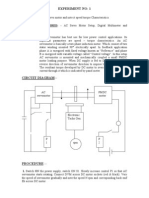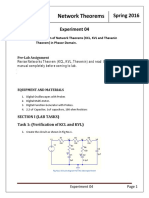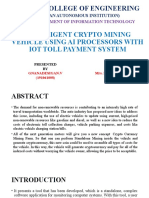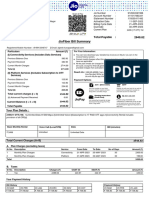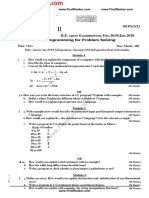0% found this document useful (0 votes)
532 views9 pagesSensor Lab
The document contains 14 code snippets demonstrating various Arduino programs that use sensors and actuators to monitor environmental conditions and control outputs. The programs include counting people entering a room, measuring distance and controlling LEDs, adjusting LED brightness based on light, temperature, soil humidity, detecting claps and displaying a count, and more.
Uploaded by
Pranjal singhCopyright
© © All Rights Reserved
We take content rights seriously. If you suspect this is your content, claim it here.
Available Formats
Download as PDF, TXT or read online on Scribd
0% found this document useful (0 votes)
532 views9 pagesSensor Lab
The document contains 14 code snippets demonstrating various Arduino programs that use sensors and actuators to monitor environmental conditions and control outputs. The programs include counting people entering a room, measuring distance and controlling LEDs, adjusting LED brightness based on light, temperature, soil humidity, detecting claps and displaying a count, and more.
Uploaded by
Pranjal singhCopyright
© © All Rights Reserved
We take content rights seriously. If you suspect this is your content, claim it here.
Available Formats
Download as PDF, TXT or read online on Scribd
/ 9

